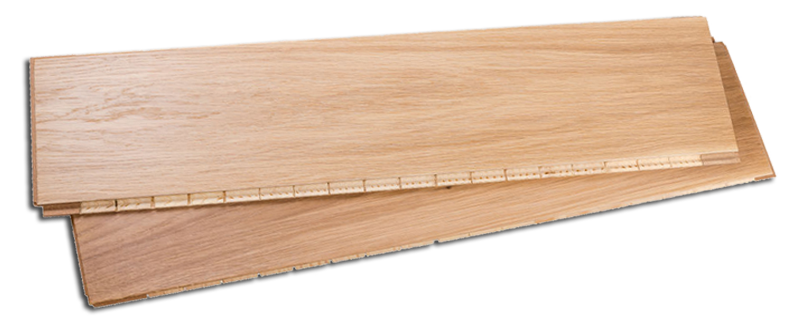INSURER AVIVA has underlined its sustainability commitments by expanding the company’s underwriting appetite to include engineered timber in commercial developments. Also referenced as mass timber, cross-laminated timber and Glulam, engineered timber is the terminology used for wood products that have been manufactured and bonded together to form a composite material, panel or building system.
The news follows on from a successful pilot, which saw the UK’s largest insurer working with a handful of developers on sustainable building projects.
In the UK alone, the built environment contributes 40% of carbon emissions. By working with contractors who want to build more sustainably, Aviva aims to assist the construction sector reduce its carbon footprint.
Although a growing number of developers are seeking to build more sustainable buildings for commercial use, insurers’ appetite for these risks has not kept pace. By putting significant underwriting capacity towards these projects, Aviva is demonstrating that risk management can support the UK as it moves to become ‘climate change ready’.
In fact, Aviva is one of the first UK insurers to commit dedicated underwriting resource for the development of more sustainable buildings. Working with contractors, brokers and owners from the design stage, the insurer is helping to ensure the resilience and repairability of buildings by using leading risk management strategies to safeguard them from water damage and fire.
Putting risk management at the centre of the design process can help to remove or otherwise mitigate these risks, while in parallel enabling a competitive and sustainable approach to insurance pricing.
Minimising associated risks
Adam Winslow, CEO for UK and Ireland general insurance at Aviva, said:
“There are a growing number of developers looking to build more sustainably, both by using sustainable materials like engineered timber and by adopting modern methods of construction. Aviva wants to embrace both, in turn widening our underwriting appetite to insure commercial buildings using engineered timber and using our risk management expertise to minimise associated risks.”
Winslow continued: “We need to consider the carbon footprint of a building over its lifetime. If a building is designed to be replaced in the event of a relatively minor incident well within its design life, then it cannot be considered sustainable. Modern methods of construction that focus on resilience and the repairability are critical to helping developers balance sustainability commitments with the safety of building users and the communities they inhabit.”
Call to action
In its report entitled ‘Building Future Communities’, Aviva called for strengthened planning regulation, greater collaboration on research across the building process and the need to encourage and incentivise property resilience to aid recovery.
By incorporating leading risk management strategies which go beyond the current Building Regulations, Aviva believes structures incorporating a greater use of engineered timber can be considered acceptable risks.
As an organisation, Aviva has committed to become ‘Net Zero’ by 2040 and to support the UK to become the most ‘climate change ready’ large economy by the year 2030.
*The August 2023 print edition of Fire Safety Matters contains articles referencing the issues discussed here. Turn to pp24-26 (‘Sustainability paradigm’, authored by Judith Schulz from Arup) and pp56-58 (‘On the ESG agenda’, which is written by Matt Wood from Millwood Servicing). Alternatively, view the magazine online
Source: FSM







Leave a Reply
Want to join the discussion?Feel free to contribute!